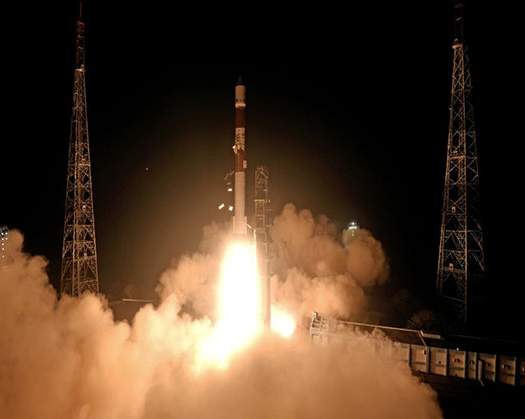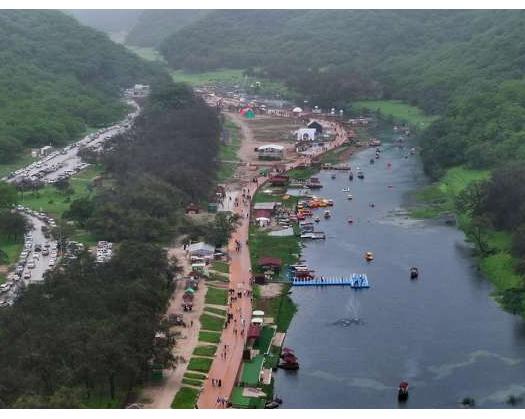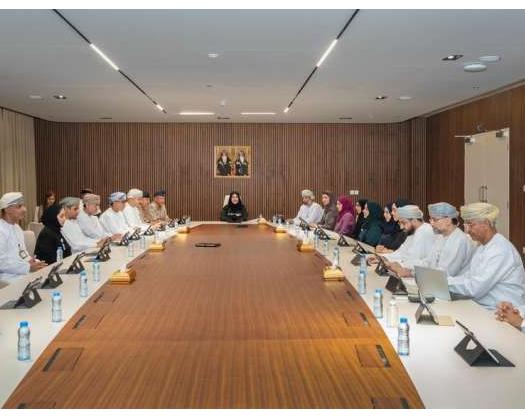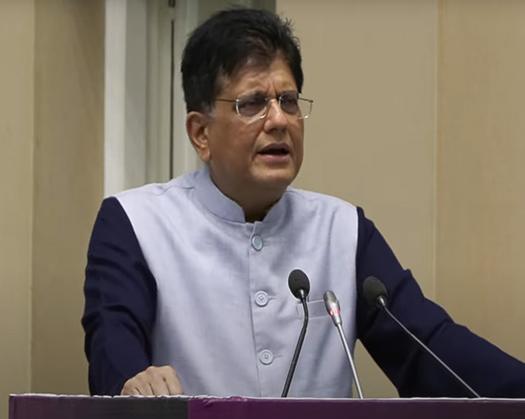Bengaluru: The Indian Space Research Organisation (ISRO) announced on Thursday that the spacecraft involved in the Space Docking Experiment (SpaDex) mission have been placed on a gradual drift trajectory to facilitate their approach towards one another.
In a statement on X, ISRO indicated that they anticipate achieving initialization conditions by January 10. "The drift has been stabilized, and the spacecraft are now on a slow drift course to come closer together. It is expected that initialization conditions will be reached by tomorrow," ISRO stated on X.
On Wednesday, ISRO decided to postpone the SpaDex mission, which was initially set for Thursday, due to the satellites drifting more than anticipated during a maneuver.
This marks the second postponement of the docking experiment, which was first scheduled for January 7.
On December 30, ISRO accomplished a significant milestone by launching PSLV-C60, which included SpaDeX and other innovative payloads.
The SpaDeX mission serves as a cost-effective technology demonstration aimed at showcasing in-space docking capabilities using two small spacecraft launched by PSLV. The mission's primary goal is to develop and demonstrate the necessary technology for the rendezvous, docking, and undocking of two small spacecraft (SDX01, designated as the Chaser, and SDX02, the Target) in a Low-Earth circular orbit.
Union Minister of State (Independent Charge) for the Ministry of Earth Sciences, Jitendra Singh, remarked last week that the SpaDeX mission is referred to as "Bharatiya Docking Technology" due to its entirely indigenous nature, marking India's first experiment in docking technology.
The Union Minister further emphasized that the SpaDeX mission aligns closely with Prime Minister Modi's vision of "Aatmanirbhar Bharat."










